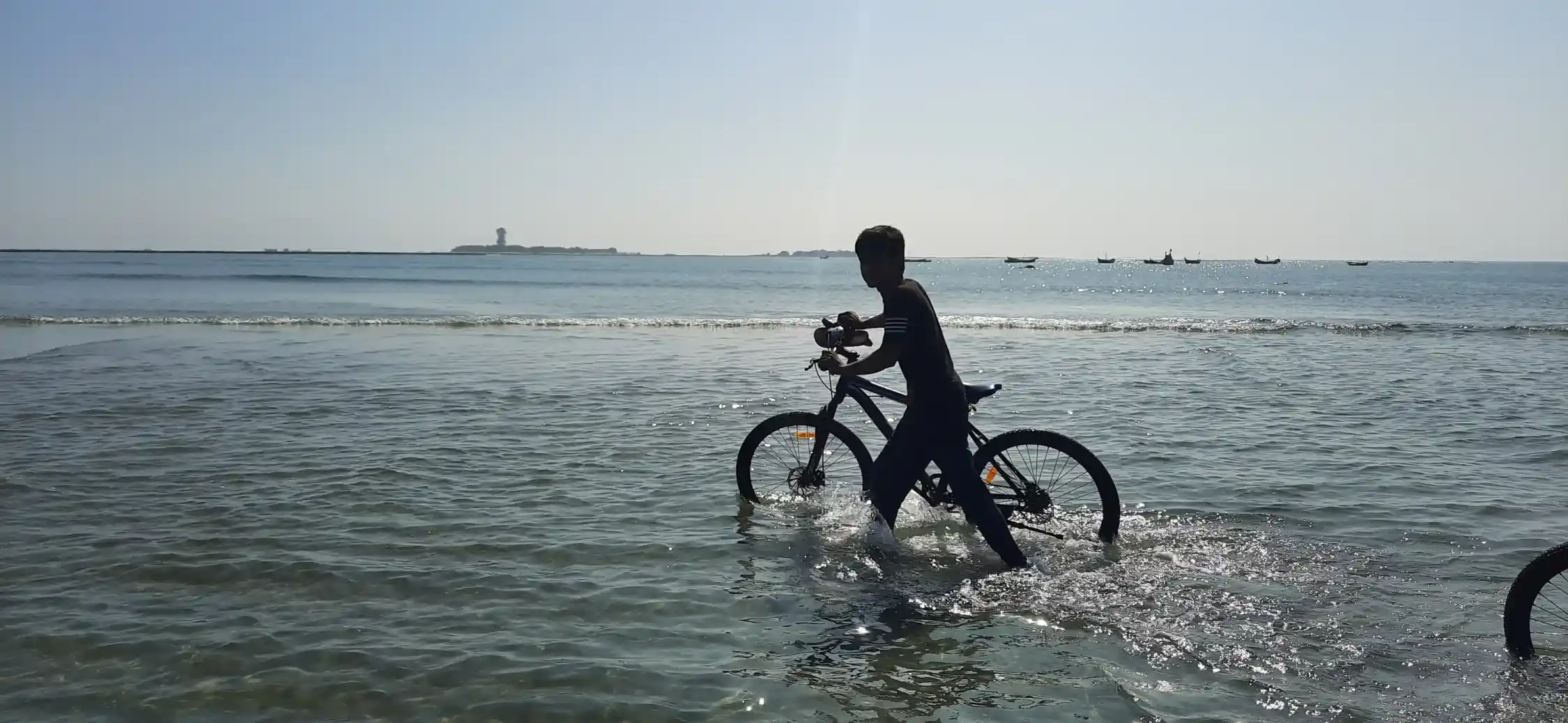Abu Sayed
Civil Engineer(Major: Structure)
A Civil Engineering student majoring in Structural Engineering. I have a strong understanding of Finite Element Analysis and Seismic Analysis.
Contact MeAbout Me
Introduction
I am a graduate student in Civil Engineering with a major in Structural Engineering. I possess a strong understanding of Finite Element Analysis and Seismic Analysis. My interests lie in underground construction and high-rise building design. Additionally, I have a keen interest in geotechnical engineering, with a solid grasp of soil mechanics and foundation engineering. I am actively seeking a Ph.D. position in Structural or Geotechnical Engineering, specifically focusing on the seismic analysis of high-rise buildings and underground construction, along with soil-structure interaction.
Experience
Completed
Published
Skills
Technical CompetenceAcademic Softwares
Autocad
Revit
Etabs
AdvancedPLAXIS
Soft Skills
Microsoft Office
Microsoft Project
Coding Languages
PYTHON
Javascript
HTML | CSS
Qualifications
Academic and Professional CareerCivil Engineering
Chittagong University of Engineering & Technology, Chittagong, BangladeshHigher Secondary Certificate
Comilla Victoria Govt. College, Comilla, BangladeshSecondary School Certificate
Bhagaban Govt. High School, Brahmanpara, Comilla, BangladeshJunior School Certificate
Bhagaban Govt. High School, Brahmanpara, Comilla, BangladeshPrimary School Certificate
Shidlai Ideal Kinder Garten, Brahmanpara, Cumilla, BangladeshTechnical Lead(Website)
ACI Student Chapter,CUETPapers & Projects
Published PapersEngineering Classification of Soil | Sughandha R/A, Chittagong
As part of our geotechnical engineering course (CE 332), we had the opportunity to undertake a significant lab project under the guidance of CUET professors and the Civil Engineering Department.
Structural Design and Analysis of a Residential Building at PinkCity, Raozan, Chittagong, Bangladesh
According to the Bangladesh National Building Code (BNBC 2020), this project is for a 10-storied residential building situated on a 14,400 square-foot plot.
CUET Student Information 📚
Student Information: Access detailed profiles including student ID, name, department, and more. Department Statistics: Get total student counts by batch for each department. Batch Listings: Retrieve lists of students for specific departments and batches.
🎬 বাংলা চলচ্চিত্রের TMDB Wrapper
এখানে বাংলা চলচ্চিত্রের (বাংলাদেশ এবং ভারতের) তালিকা টিএমডিবি এপিআই এর মাধ্যমে পাওয়া যাবে। আপনি সহজেই বিভিন্ন বাংলা সিনেমার তথ্য টিএমডিবি এপিআই থেকে সংগ্রহ করতে পারবেন। 🎥
A website to listen Quran Audio in Bangla with Bangla Translation
This repository is created to help you listen to the Quran in Bangla without needing to go to YouTube every time. Enjoy the divine words of Allah with ease and convenience!
Telegraph CMS
Use Telegram's Telegraph platform as a CMS/blogging tool for your site! 🚀
